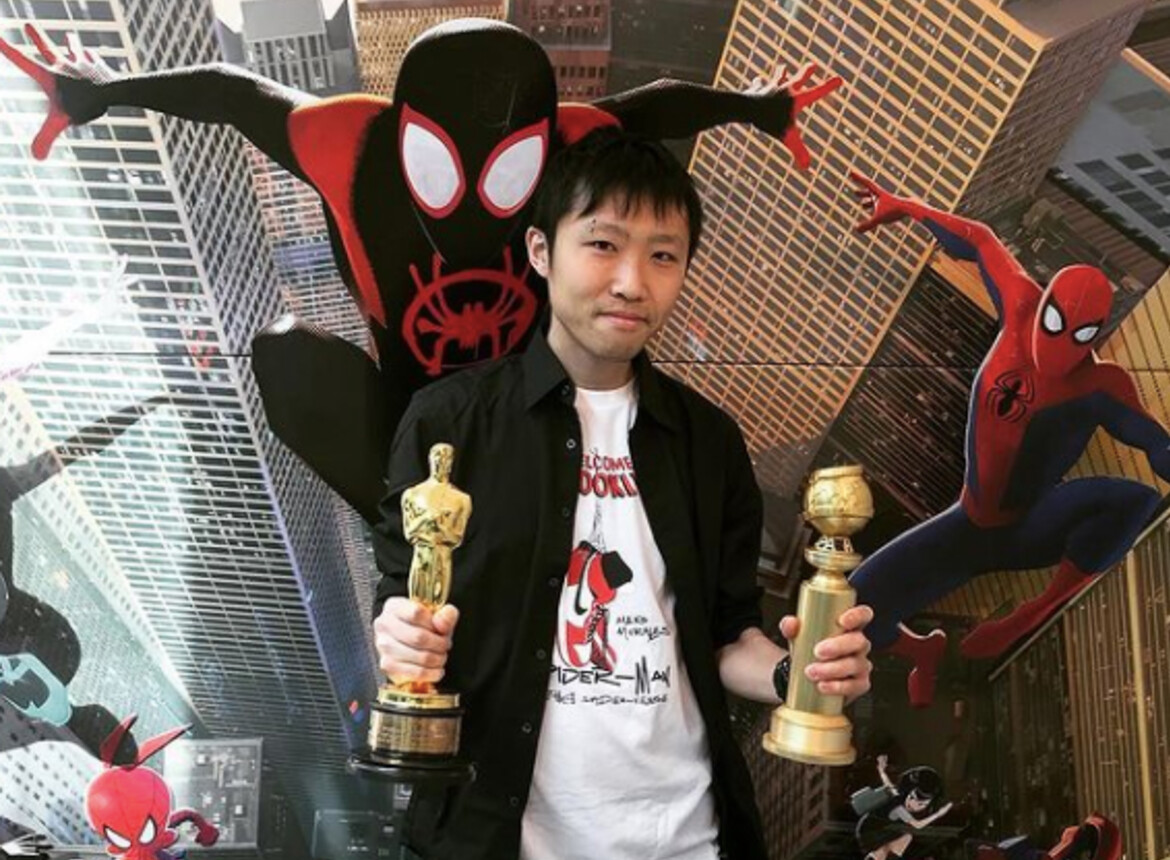By Greta Chiocchetti
Ryo Wakasugi, a character animator at Sony Pictures Imageworks and an Academy of Art University School of Animation & Visual Effects alumnus, joined Tea Time Animation’s weekly Zoom meeting on April 2 to offer inspiration and guidance to aspiring animators.
“[Working in] the feature film industry is such a dream,” said Wakasugi. “It was difficult to get my foot in the door at first. But, I was persistent—I think you have to be.”
Wakasugi, who got his start in the industry after graduating with his M.A. in 2012, has worked on projects including “The Angry Birds Movie,” “Smurfs: The Lost Village,” “Spider-Man: Into the Spider-Verse,” and “The Emoji Movie.” But the path to success, he shared, was not easy: shortly after he was brought on as an intern at Pixar to work on “The Good Dinosaur,” the studio passed on the project and laid off interns and contracted animators. Wakasugi, who hails from Japan, worried about his visa status as he searched for employment.
“Even though I got that exciting opportunity, I was only there for a few months before I left,” said Wakasugi. “So, I was looking for a job again. And the visa process is so complicated in the U.S., so I was worried about having to go back to Japan and having to start over.”
Despite the roadblock, Wakasugi applied to Sony Pictures Imageworks and was hired within a week. However, instead of working in the U.S. as he had planned, his journey brought him to Canada.
“I didn’t even know where Vancouver was—east or west coast—but I’m so happy I decided to take that step,” said Wakasugi. “There are a lot of animation opportunities in Canada, so I would encourage international students to consider other countries [besides] the U.S. when they are getting their start. You don’t have to stay forever, but once you get that experience, you can move on, and it’s so much easier to get the visa stuff figured out than in the U.S.”
Students asked Wakasugi to compare his experience working with both Sony and Pixar’s production pipelines.
“I think the main difference is that, at Disney [Pixar], you only work on Disney animations. At Sony, we work on both animations as well as live-action VFX projects,” said Wakasugi. “We have Sony Pictures, but I think a lot of people don’t realize that we also have Sony Pictures Animation, which is more of a preproduction studio, and also Sony Pictures Imageworks, where I’m working right now.”
Wakasugi shared a helpful tip for any students interested in applying for a role at Sony: tailor your reel to the studio’s upcoming projects.
“You should definitely look at the schedule of upcoming projects,” said Wakasugi. “For example, right now it’s crunch time on ‘Hotel Transylvania 4.’ So, if you were applying now, I’d include lots of cartoonish animations in that similar style. If you want to work on the ‘Spider-Verse,’ you might want to include some cool action with camera angles.”
Wakasugi also discussed a vital—but sensitive—part of the job: receiving and implementing critiques.
“It’s always a nervous process to me—it never changes—especially showing the first pass,” said Wakasugi. “But a good thing about getting hired at Sony is that you’re not getting hired as a junior artist, you’re just an animator, and you’re assigned to a shot. I was surprised that when I came on, they didn’t assign me to some minor or background animation—I was assigned a really major shot. So, it helps to know that you are important to the team.”
Follow Tea Time Animation on Instagram for the latest club news and upcoming guest speakers.
